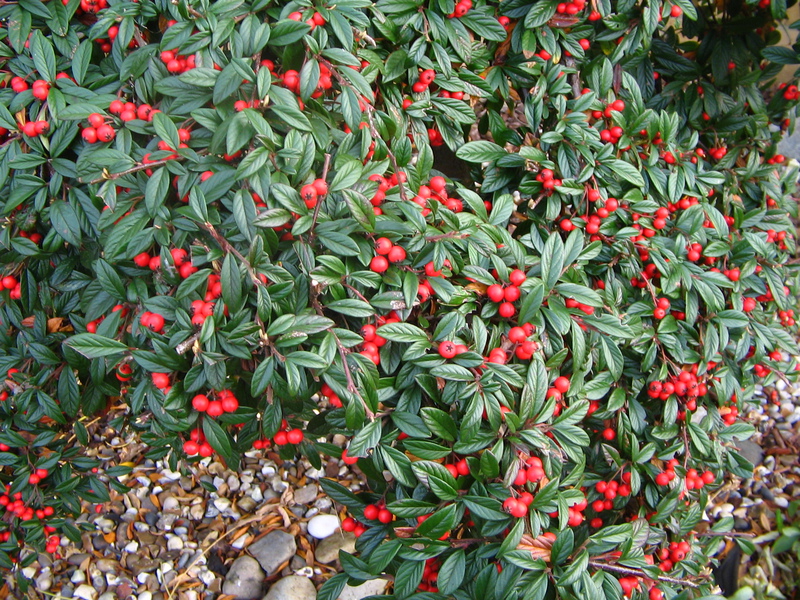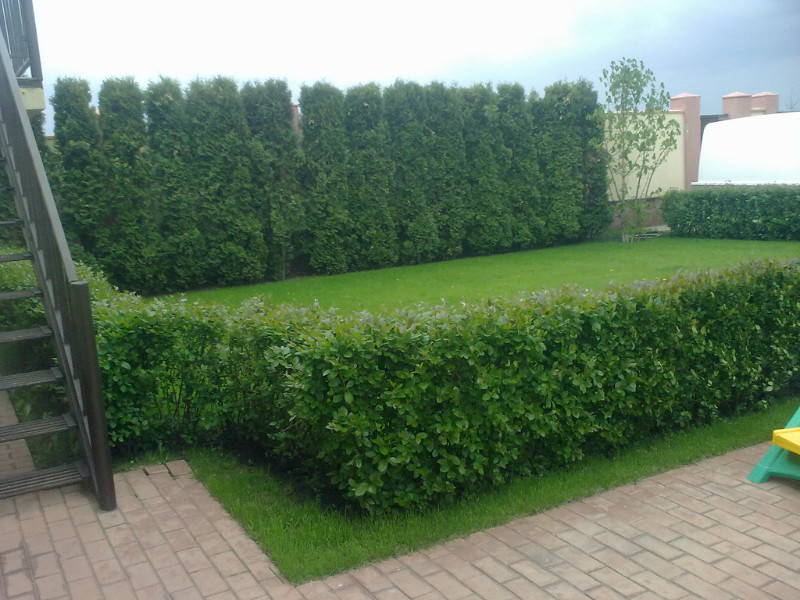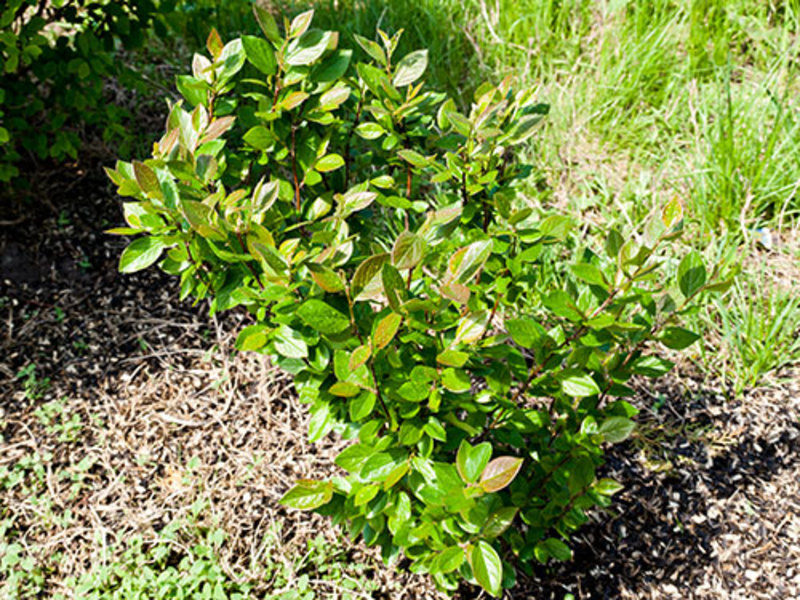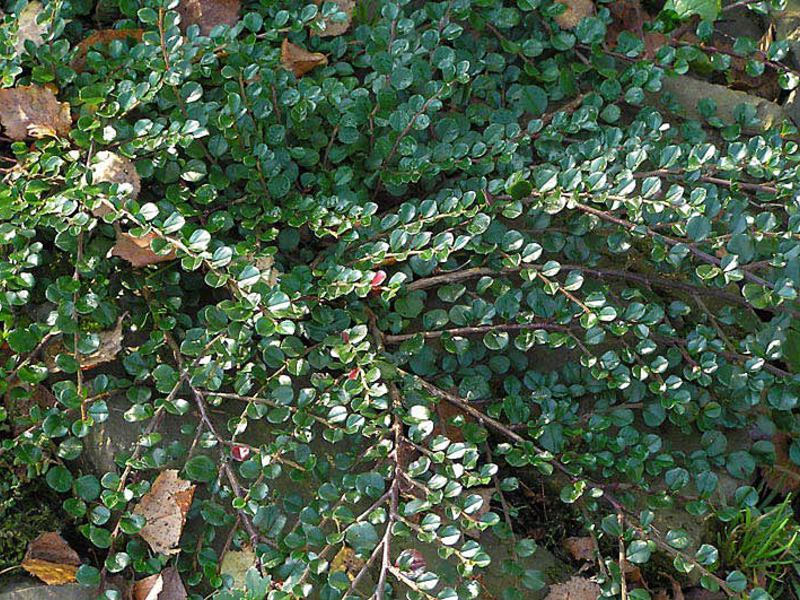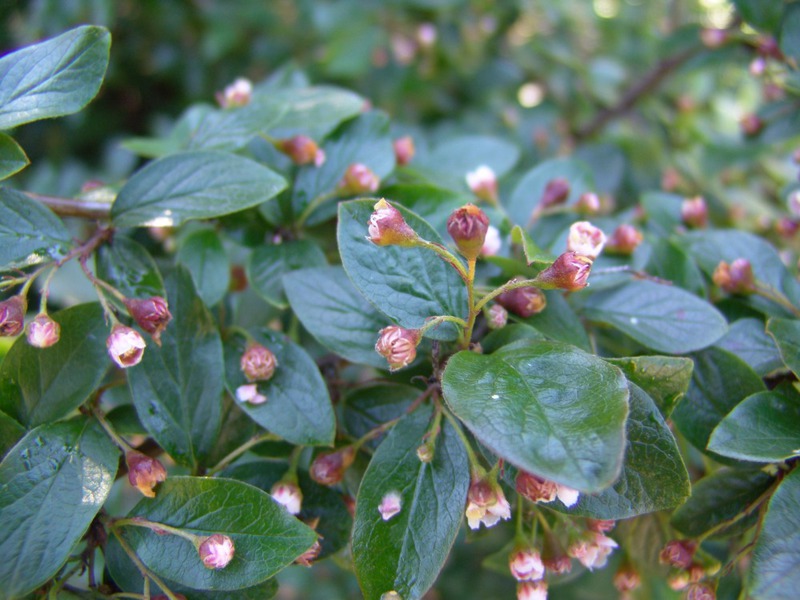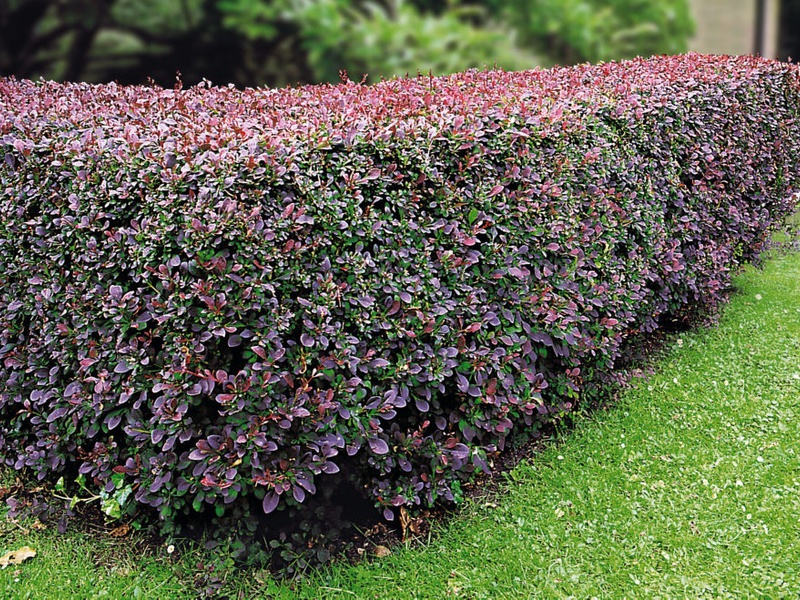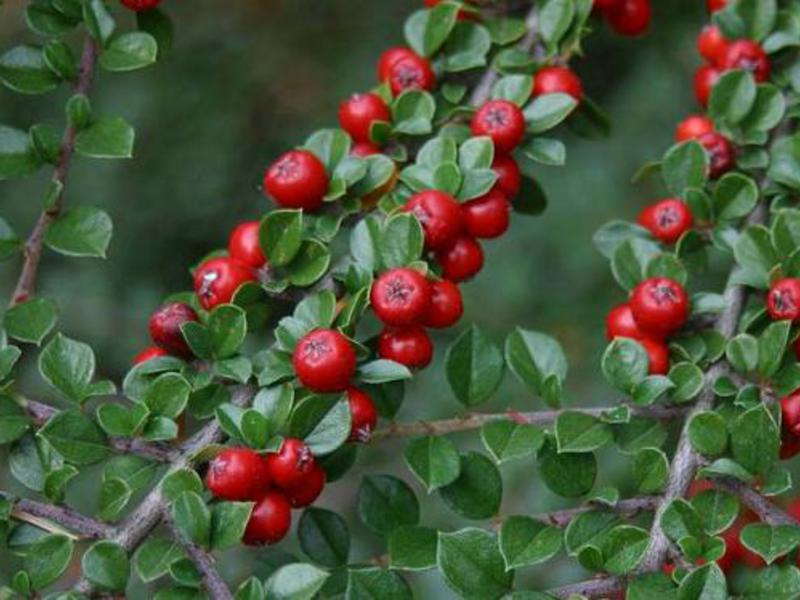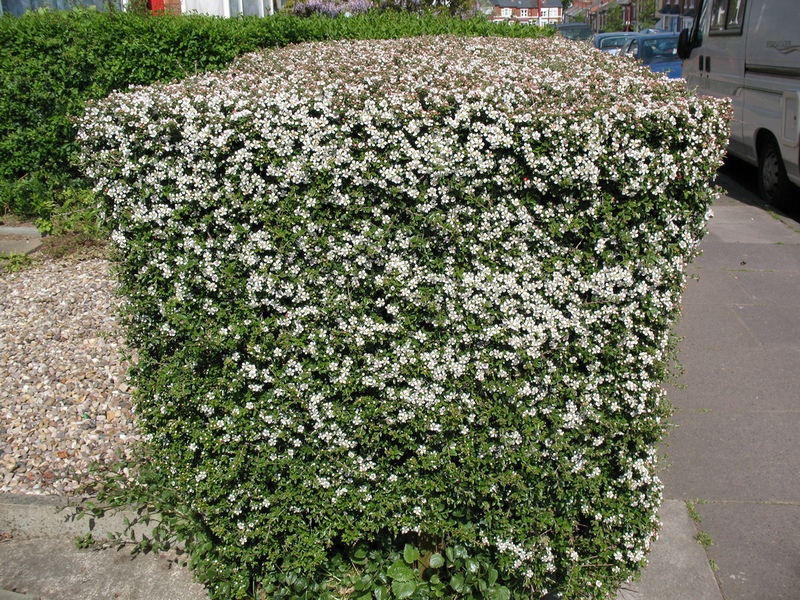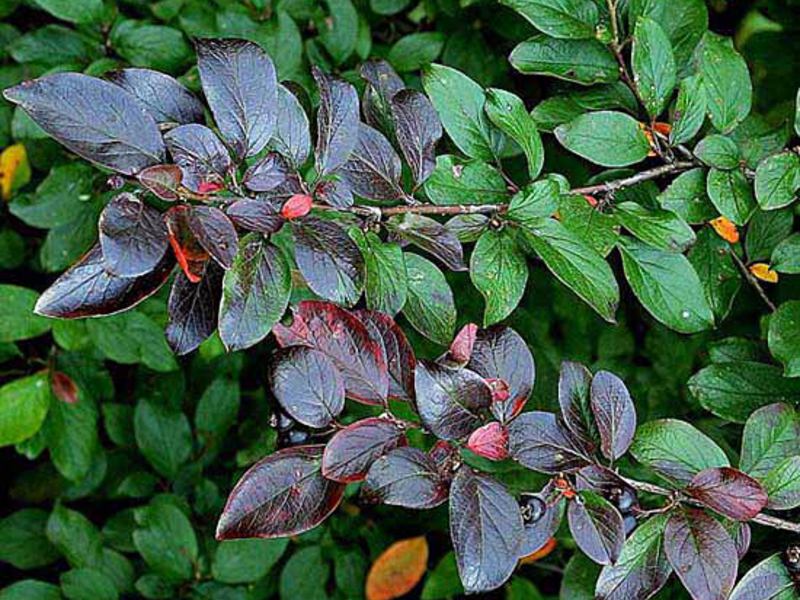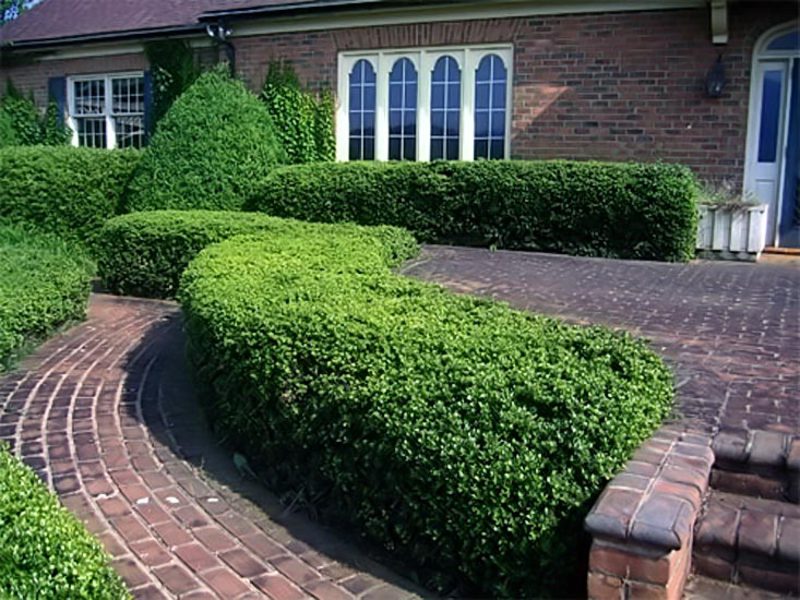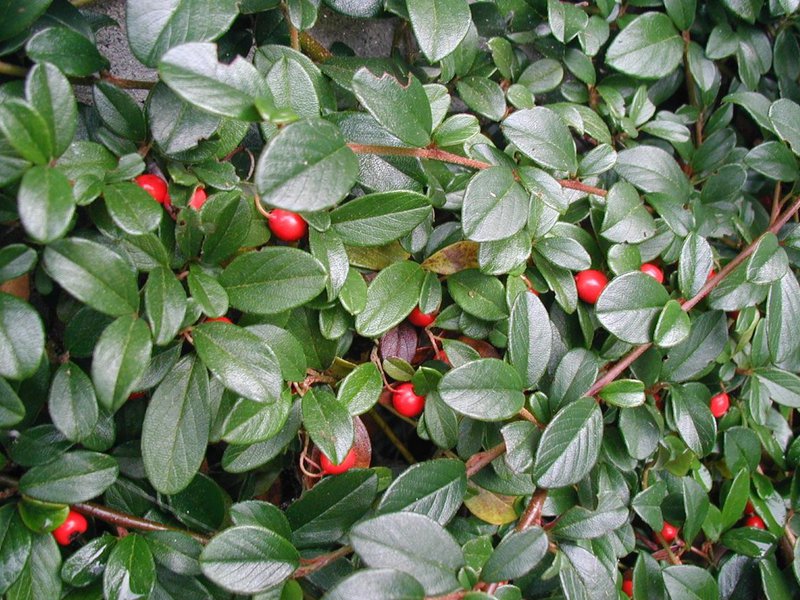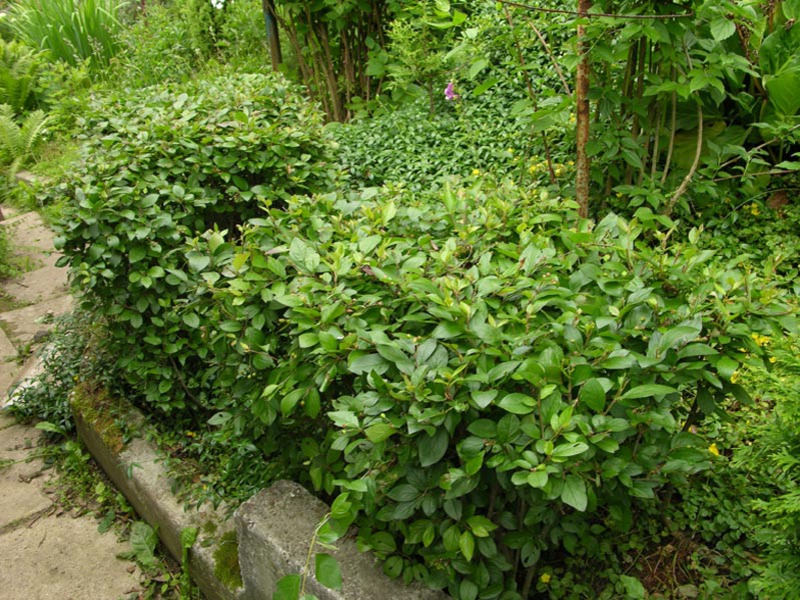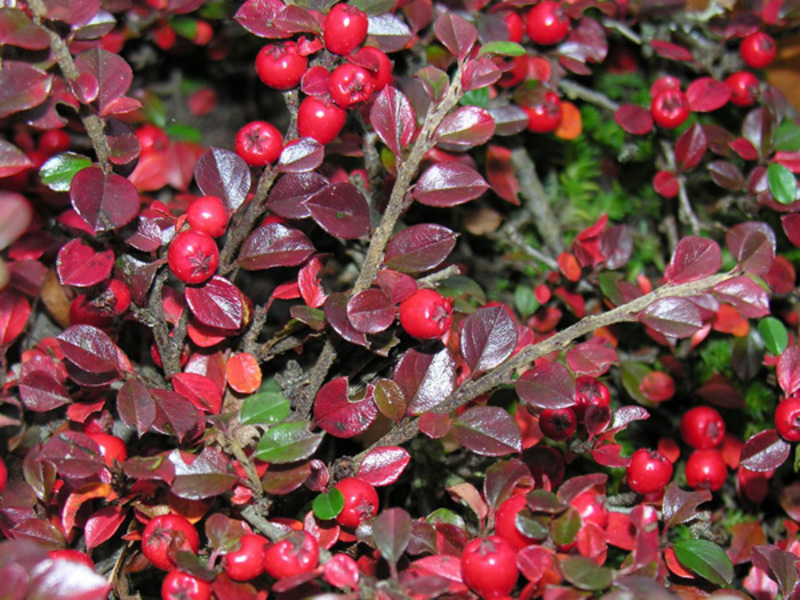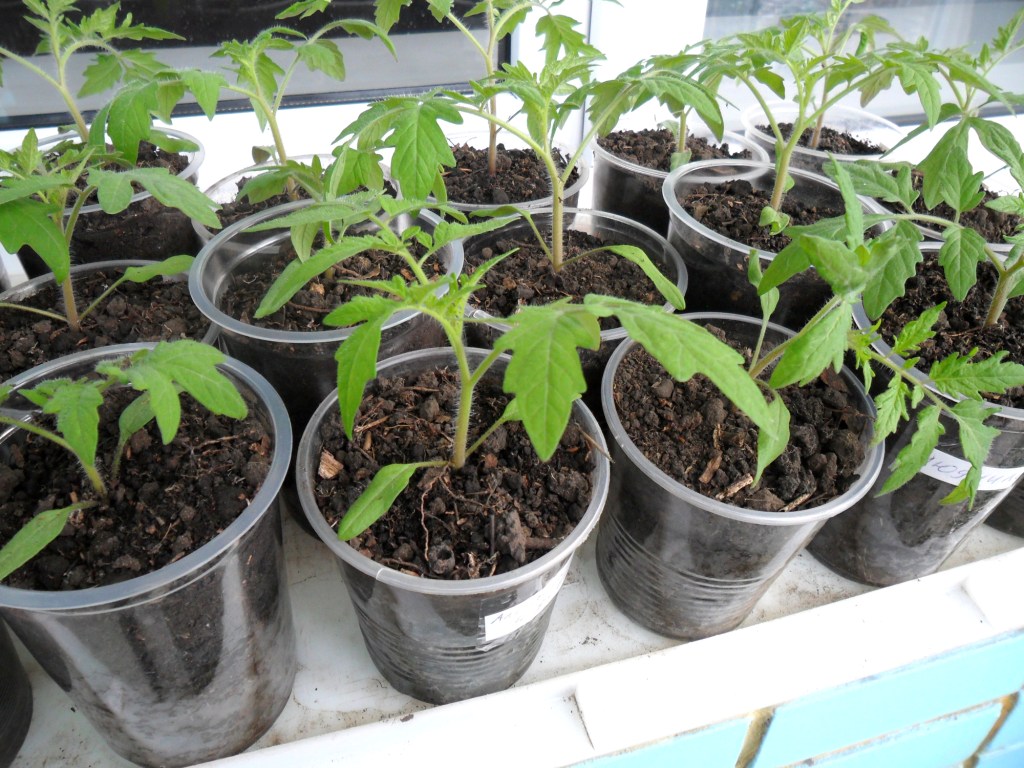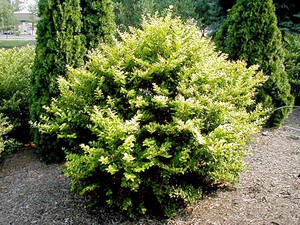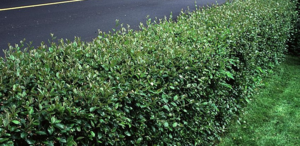 One of the features of the cotoneaster is the presence of a densely branched form. Typically, it grows as a deciduous or evergreen shrub. It is most widespread in the European part of our country, where it is used for urban greening. The most popular use case is to create low hedges based on it.
One of the features of the cotoneaster is the presence of a densely branched form. Typically, it grows as a deciduous or evergreen shrub. It is most widespread in the European part of our country, where it is used for urban greening. The most popular use case is to create low hedges based on it.
On the branches of the cotoneaster, they grow large leaves with simple, egg-shaped... During the growing season, they change their color: if they remain dark green in summer, then with the onset of autumn they acquire a red color. Flowers that have a white or pink tint look contrasting against their background. They themselves are rather small in size, formed in the form of brushes or presented as single ones.
At the end of the growing season, small red or black berries grow near the cotoneaster. Although the cotoneaster is a slow-growing shrub, it is also a durable plant, so it can grow in one place for at least 50 years. feels good in urban environments. The cotoneaster genus includes about 40 species.
In decorative terms, the plant is interesting for its abundant branching, unusual foliage and variety of growth forms... Although the decorative properties of white or pink cotoneaster flowers are poorly expressed, they can be grown as good honey plants.
Content
Features of growing brilliant cotoneaster
Planting and care are the main activities that affect any plant. It is possible to ensure the normal development of the cotoneaster ifbesiege it in a sunny area, although in some cases they can grow in partial shade conditions.
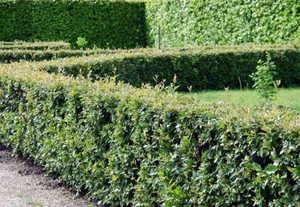 The soil. For a shrub, it is not necessary to have high-quality soil in structure and nutritional value. But it will not be superfluous if you prepare a soil mixture of a special composition before planting them: turf soil, peat compost, sand in a ratio of 2: 1: 2. Also, in the process of growing a cotoneaster, lime must be added to the soil in an amount of 300 g / m2.
The soil. For a shrub, it is not necessary to have high-quality soil in structure and nutritional value. But it will not be superfluous if you prepare a soil mixture of a special composition before planting them: turf soil, peat compost, sand in a ratio of 2: 1: 2. Also, in the process of growing a cotoneaster, lime must be added to the soil in an amount of 300 g / m2.- Landing. Plants are usually placed no closer than 0.5-1 m from each other. However, here it is recommended to focus on the diameter of the crown of an adult plant. It is necessary to place seedlings when planting to a depth of no more than 50-70 cm. As a result, the root collar should be at ground level. Also, before planting, it is necessary to arrange drainage, for which you can use gravel or broken brick, laying it in a layer of 10-20 cm.
- Care. Already starting in spring, fertilizing is carried out with mineral fertilizers. For this purpose, you can use the drug "Kemira-universal", adhering to a dose of 100-120 g / sq. m. It can also be replaced with urea, which is taken in an amount of 20-30 g per 10 liters of water. Even before the onset of flowering, it is necessary to add granular phosphate at the rate of 60 g / sq. m and 10-15 g / sq. m of potassium sulfate.
Most varieties of these shrubs are capable of endure long periods of droughttherefore require minimal maintenance. Therefore, watering is necessary only in those years when a very dry summer is issued. Usually it is enough to spend 8 liters of water per plant. Such watering is carried out once or twice a month. Each weeding must be completed by loosening, penetrating into the soil no deeper than 10-15 cm.When the place for the cotoneaster is prepared and the plant is planted, the soil surface must be covered with mulch, for example, peat, with a layer of 5-8 cm.
These shrubs tolerate pruning well, which allows for the formation of dense hedges of medium height. Subsequently, they develop new shoots that support the growth of the shrub. When pruning, it is allowed to remove annual shoots no more than a third of the length. In the process of preparing shrubs for winter, a light shelter is used based on a dry leaf or peat, which laid in a layer of 3-6 cm... An effective technique for protecting the buds from the winter cold is to bend the branches to the ground.
Protection from pests and diseases
Cotoneaster can be affected by various diseases, and in each case use appropriate methods of dealing with them.
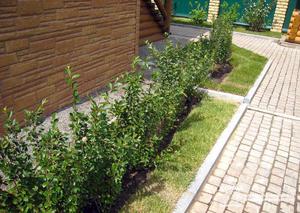 fusarium. Found affected parts of the bush are subject to pruning and burning. It is imperative to treat the soil with chemicals. In some cases, if the disease has become widespread, it will be necessary to spray the site for planting the cotoneaster;
fusarium. Found affected parts of the bush are subject to pruning and burning. It is imperative to treat the soil with chemicals. In some cases, if the disease has become widespread, it will be necessary to spray the site for planting the cotoneaster;- the bear is yellow. Treatment of the disease is reduced to treatment with any of the available organophosphate insecticides;
- aphid. To combat this pest, they are treated in early spring with DNOC or nitrafen. To destroy the larvae, drugs such as karbofos, metaphos, rogor, saiphos are used. The specified funds show the best results when carrying out several sprays. Also an effective remedy are herbal infusions, for the preparation of which you can use black henbane, high larkspur, potato tops, yarrow, makhorka, etc.
- mole. This pest is fought after flowering and in the summer. The main method of control is spraying with the following drugs - amiphos, karbofos (0.1 - 0.4%) or rogor (0.2%). The best results are shown by fosalon (0.2%) or gardon (0.1 -0.35%). During the flowering period, the cotoneaster can be sprayed with entobacterin: the plants are treated in 2 or 3 doses, maintaining a pause of 12-14 days between each stage.
Reproduction of brilliant cotoneaster
A photo of a plant can make any sophisticated gardener want to get one on his site. To get new shrubs, you can use sowing seeds, reproduction by layering, cuttings and grafting. The first method is rarely used due to low seed germination. Therefore, it is very important here to carefully select the seeds: during the flushing, all floating seeds are thrown away. The preselected seeds are used for sowing. However, keep in mind that they take a long time to germinate. To increase germination, seeds are hardened through stratification, but they will be ready for sowing only next fall.
The more popular method is propagation by green cuttings, which provides a high percentage of rooting. However, this is only possible if the planting material is grown under film. It is recommended to do this in the second half of July... For rooting, a special soil mixture is used, for which peat and sand are taken in equal amounts.
Using
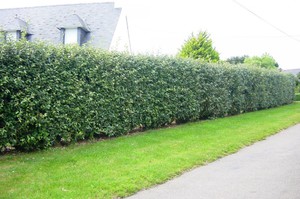 The brilliant cotoneaster has a dense crown, shiny dark green foliage and bright fruits that do not fall off for a long time. These qualities make this shrub attractive for decorative purposes. The plant is considered the most suitable for:
The brilliant cotoneaster has a dense crown, shiny dark green foliage and bright fruits that do not fall off for a long time. These qualities make this shrub attractive for decorative purposes. The plant is considered the most suitable for:
- clearance of the edges;
- use as single plantings on the lawn;
- decoration of borders;
- creating dense hedges.
There are certain types of cotoneaster, with the help of which you can create undergrowth, as well as decorate rocky hills and slopes.
Views
Novice growers are advised to give preference to the most popular varieties of cotoneaster, which eliminate the difficulties with their cultivation and care.
Brilliant cotoneaster (Cotoneaster lucidus)
This shrub variety was developed in Eastern Siberia. It is used as a single plant or when creating thickets. It has a straight-growing stem, a dense crown, forms a deciduous shrub, reaching a height of 2 m. Young, densely pubescent shoots grow during the growing season. The leaves are elliptical with a pointed end, they themselves are small in size, reach a length of 5 cm, from the outside they have a dark green color, which changes to purple with the onset of autumn.
The characteristic color of the flowers is pink, presented in the form of corymbose inflorescences, including 3-8 petals. Flowering occurs in May-June and lasts for one month. The attractiveness of the variety is given by black berries, which have a spherical shape, which are devoid of a pronounced taste. They can hang on branches until late autumn. Only four-year-old specimens enter the fruiting phase.
It belongs to the number of cold-resistant crops, it can grow in conditions of infertile soil and shade. For reproduction, you can use the method of sowing seeds and shoots. Before sowing, the seeds must be stratified for 12-15 months. A simpler but equally effective hardening method is to place the seeds in sulfuric acid for 5-20 minutes. This allows reduce stratification to 1-3 months... When sowing seeds, follow the 5 g / sq. m.
Black cotoneaster (Cotoneaster melanocarpus)
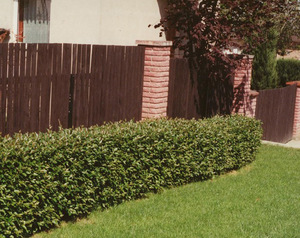 The plant is one of the cold-resistant varieties, grown mainly in central Russia. Also presented in the wild in the territory from Central Europe to North China. Its habitual habitat is light forests and mountain slopes; it can often be found in the subalpine belt. Occurs in the shrub zone within different types of forests. Often forms shrubs along talus and rocks.
The plant is one of the cold-resistant varieties, grown mainly in central Russia. Also presented in the wild in the territory from Central Europe to North China. Its habitual habitat is light forests and mountain slopes; it can often be found in the subalpine belt. Occurs in the shrub zone within different types of forests. Often forms shrubs along talus and rocks.
Is a fairly tall plant that can reach a height of 2 m... During the growing season, they form shoots of a red-brown color, in the fall, black berries appear. The leaves are small in size, have a length of 4.5 cm, differ in an ovoid shape, have a dark green color on the outside, and white-tomentose below. Shrubs that have reached the age of five, each season enter into flowering and fruiting. This variety does not bloom for very long - about 25 days. In the axils of the leaves, no more than 5-12 pink flowers are formed, the brushes are loose in structure. With the onset of autumn, usually in September-October, spherical fruits ripen. Over time, the brown color changes to black with a bluish bloom.
Refers to the number of cold-resistant crops, grows well where there is organic-rich soil, tolerates periods of drought. Growing shrubs can also be done in a city. After transplanting, it takes root quite quickly; cuttings and sowing of seeds can be used as propagation methods. This variety has been cultivated as a cultivated plant since 1829. The most widespread is as a hedge.
Cotoneaster whole-edged, or ordinary (Cotoneaster integerrimus)
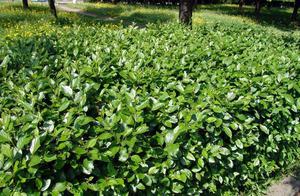 It is represented on the Eurasian continent, starting with the Baltic in the north and ending with the North Caucasus in the south. The habitats are mountain slopes and talus. It can also be found at the outcrops of sandstone, shale and limestone.
It is represented on the Eurasian continent, starting with the Baltic in the north and ending with the North Caucasus in the south. The habitats are mountain slopes and talus. It can also be found at the outcrops of sandstone, shale and limestone.
During the growing season forms straight stem, strongly branched crown... In culture, it occurs in the form of a deciduous plant, reaching a height of 2 m. The characteristic shape of the crown is round.In the first years of development, the shoots have woolly pubescence, and subsequently become naked.
The leaves are small in size, reach a length of 5 cm, have a broad-ovate shape. Outside they have a dark green color, and below they are gray tomentose. Flowers of pinkish-whitish color are formed in two-four-flowered drooping racemes. At the end of autumn, bright red berries ripen up to 1 cm in size.
Conclusion
For most flower growers, the cotoneaster is of interest due to its pronounced decorative properties. Quite often his grown as a hedge... Many varieties of cotoneaster are cold-resistant crops, so they can perfectly tolerate even harsh winters. The shrub is undemanding to many conditions for caring for it, including soil fertility, watering, etc.
